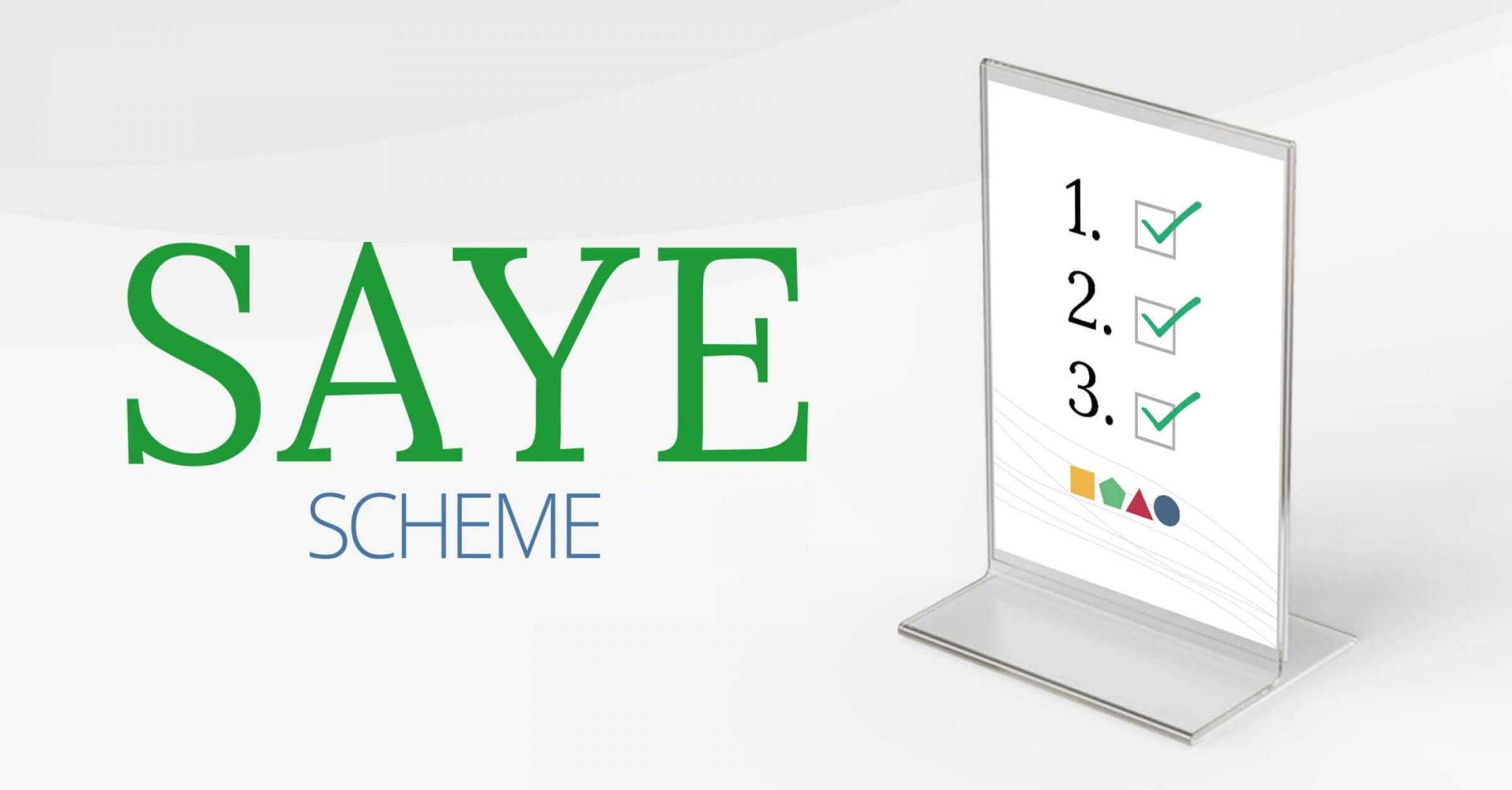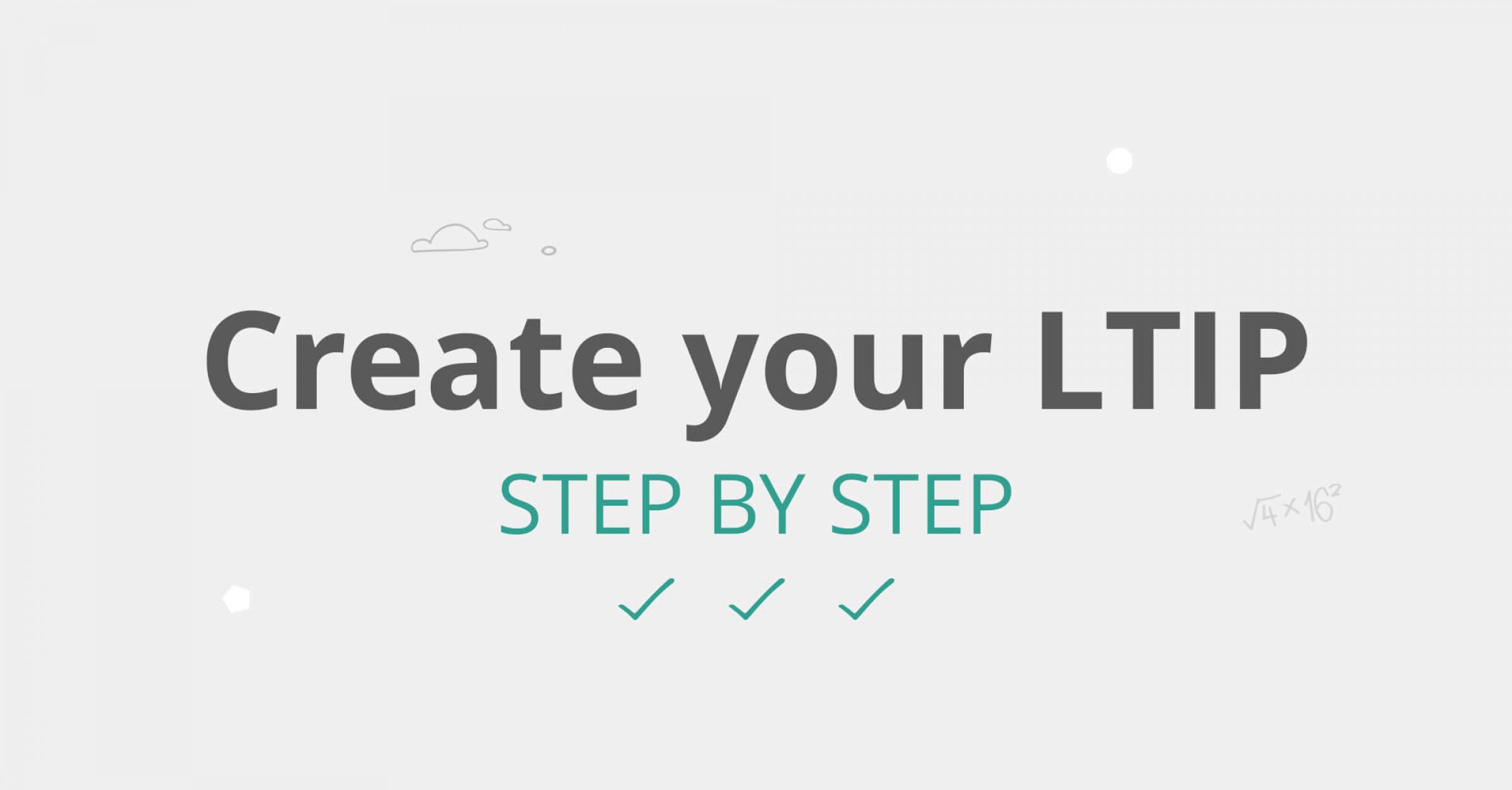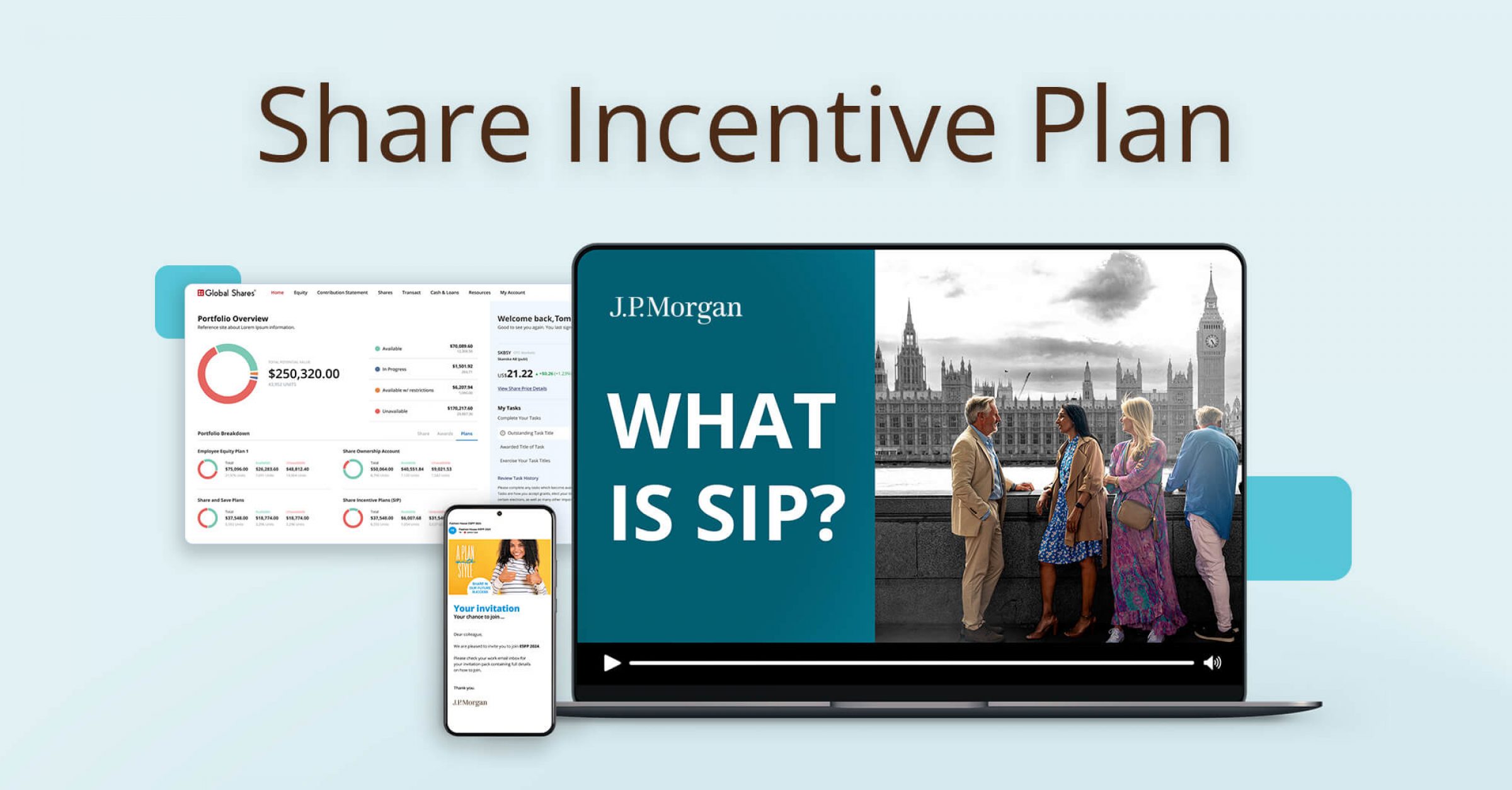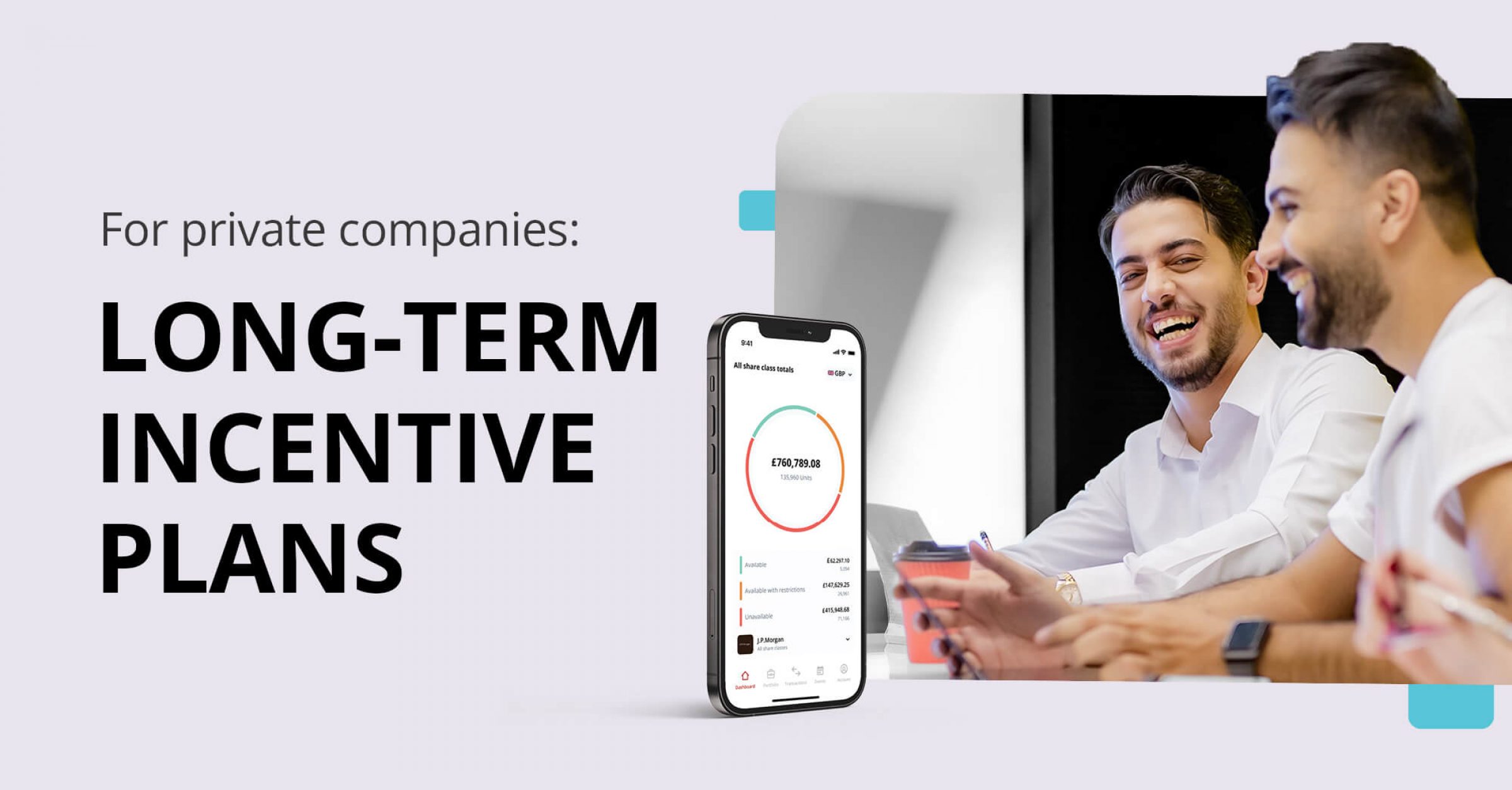Sharesave schemes (often known as Save As You Earn/SAYE), introduced in 1980, is a tax-advantage savings-related share scheme. More than 14,000 companies in the UK, such as Asda, BT, Next and Tesco, operate a Sharesave scheme.
In this post, we’ll explain how tax-advantaged the scheme is at each stage of its life cycle.
Understanding Sharesave
With a Sharesave scheme, participants contribute a fixed monthly amount of their net salary into a savings pot held by their provider for a period of 3 or 5 years.
When the plan ends, known as maturity, participants can
- use their savings to purchase shares, known as exercising, at a price that was set initially with up to 20% discount (i.e. purchase price or exercise price) or
- simply take back all their savings and bonuses.
The scheme is beneficial to both participants and the employer. It provides participants with an almost no-risk way to build wealth. For the employer, the scheme motivates employees to work harder to grow the business together and helps with retention. To learn more about the program, check out our Sharesave guide.
Tax treatment at each stage for employees
1. Grant: There’s no tax charged on the grant of the share option.
At the time the option is granted, you’re given a discount of up to 20% on the share price at invitation to purchase the shares on maturity. The participant does not have to pay income tax or national insurance contributions (NICs) on the discount.
2. During the process: You don’t have to pay any income tax or NICs on the money you contribute to the scheme each month as it has come out of the net pay.
3. On maturity: Any bonus earned at the end of the scheme is tax-free.
- Exercise (Purchase): If you decide to purchase the shares, there’s no income tax or NICs charged. If you leave the company prior to maturity and are considered a ‘good leaver’ – that is through illness, disability, redundancy or retirement – you can still exercise your share option within 6 months of your leaving date.
- Take your savings: If you decide not to purchase your share options, you can simply take back all your contributions and there’s also no income tax to pay
4. Transfer of your shares: The shares you acquired at the end of the Sharesave scheme can be transferred to avoid a trigger of capital gains tax (CGT) when the shares are subsequently sold. You may transfer to:
- A spouse or civil partner to use their CGT allowance (currently £6,000 in the 2023-2024 tax year.)
- An individual savings account (ISA) within 90 days of the scheme ending (you can transfer up to £20,000 of employee shares into an ISA in the 2023-2024 tax year); or
- A pension
5. Sale of shares: If you decide to sell your shares, you may need to pay CGT. The taxable amount will be any gain over the amount paid for the shares minus any sale expenses. HMRC currently sets the annual CGT exemption to £6,000 (2023/2024 tax year). So, if your gain exceeds the limit, you’ll need to pay CGT on any gain above the limit.
Tax treatment for employers
No employer’s NICs will be due on the grant and exercise of the options. In addition, the company may be able to claim a corporation tax deduction for the amount of gain realised by its employees and a deduction for the costs of setting up the plan.
SAYE schemes are tax advantaged for both the company and the participants. They have stood the test of time, been in play since 1980 and continues to see strong participation levels. It is also a great tool for helping nurture a savings culture, with minimal risk, if the share price goes down you get your money back and also interest in the form of a bonus
Darren Smith, Head of Business Development, UK and Ireland
.
Tax example of Sharesave scheme
Lewis’s company invited all eligible employees to participate in the company’s Sharesave scheme. Lewis decided to enrol and here are the details:
- Amount of investment: £100 / month
- Investment period: 3 years
- Exercise price (or purchase price): £2 / share
After three years, Lewis decided to use those savings to exercise (i.e. purchase) his share option in full:
- Amount of savings after 3 years (36 months): £100 x 36 = £3,600
- No. of shares that can be purchased: £3600 / £2 = 1,800 shares
- Total exercise price: 1,800 shares x £2 = £3,600
(Note: This is a simplified Sharesave scheme tax example without taking the new SAYE bonus rates into account. To learn more about the new mechanism for calculating bonus rates for participants in the SAYE scheme, watch our webinar.)
Lewis will not pay any income tax or NICs throughout the savings period or on maturity.
If Lewis wanted to sell his shares – which he might do either immediately or after some time – he’d need to pay CGT on any gain made at the point of sale. Here is an example of what would happen if he chose to sell his shares:
- Sale price: £2.5 / share
- Sale proceeds: 1,800 shares x £2.5 = £4,500
- Taxable gain: £4,500 – £3,600 (exercise price) = £900
Assuming Lewis had made no other capital gain in that tax year, there would be no CGT due because the gain was less than the CGT annual exemption. Well.. It’s often much better to pay CGT than income tax because 1. There’s a CGT-free allowance which is £6,000 for 2023/2024, and 2. CGT is payable at 10% (basic rate) or 20% (higher rate), which is lower than the income tax rates.
If you want to learn more about Sharesave and its taxation, book a one-on-one, no-obligation consultation today and we’ll walk you through the scheme.
JPMorgan Chase & Co., its affiliates, and employees do not provide tax, legal or accounting advice. This material has been prepared for informational purposes only, and is not intended to provide, and should not be relied on for tax, legal and accounting advice. You should consult your own tax, legal and accounting advisors before engaging in any financial transaction.
All case studies are shown for illustrative purposes only, and are hypothetical. Any name referenced is fictional, and may not be representative of other individual experiences. Information is not a guarantee of future results.
By visiting a third-party site, you may be entering an unsecured website that may have a different privacy policy and security practices from J.P. Morgan standards. J.P. Morgan is not responsible for, and does not control, endorse or guarantee, any aspect of any linked third-party site. J.P. Morgan accepts no direct or consequential losses arising from the use of such sites.
Please Note: This publication contains general information only and Global Shares is not, through this article, issuing any advice, be it legal, financial, tax-related, business-related, professional or other. The Global Shares Academy is not a substitute for professional advice and should not be used as such. Global Shares does not assume any liability for reliance on the information provided herein.








